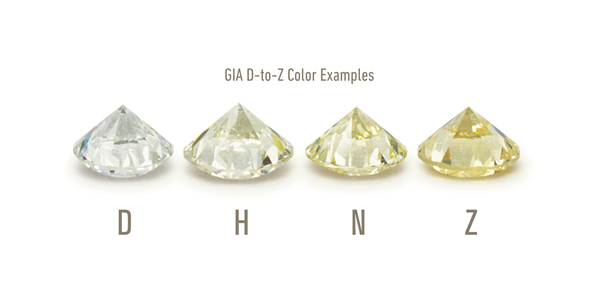The term "carat" goes back to ancient times. Traders in the Mediterranean and Middle East depended on the ability to to trade with a consistent unit of measure. The carob seed proved to be a ideal unit of measure for gemstones because of the fact that each seed, for the most part, weighed the same as any other carob seed. This became the standard unit of weight for gems. The word carob comes from the Arabic word for the carob seed, Quirat.
The carat, as it was known in the middle ages, was equal to 4 grains troy weight. The troy carat was the equivalent of about 205 milligrams. By the early 1900's the carat was translated into the metric system of weights and the current metric carat measurement is 200 milligrams.
A diamond's cut comes into play when discussing carat weight. For example, a 1 carat diamond will generally be around 6.5mm in diameter. However, if the diamond is cut poorly and is very deep, the diameter goes down, therefore, the diamond looks smaller than 1 carat.
The carat weight, or size, of your diamond will depend on personal preference, budget and style of the piece of jewelry you choose.








